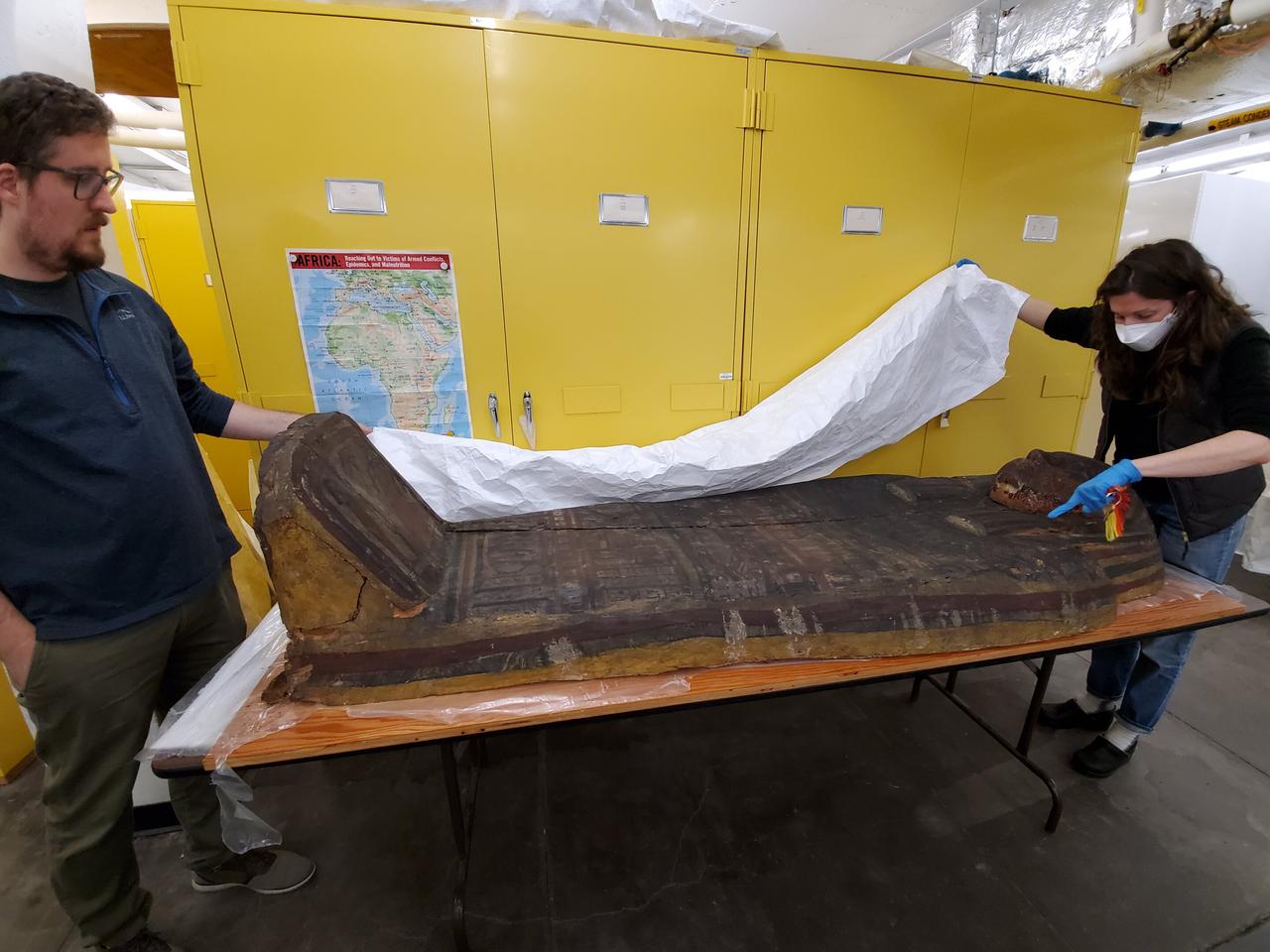
A team of researchers led by Washington State University (WSU) has successfully recreated Egyptian blue, the world’s oldest known synthetic pigment, using ancient production techniques dating back around 5,000 years. The vibrant pigment, once favored by the Egyptians as a substitute for rare minerals like lapis lazuli and turquoise, has now been reverse-engineered in a modern lab setting.
The findings, recently published in the journal npj Heritage Science, offer new insight into the ancient manufacturing of the pigment and open doors for both archaeological research and future technological applications.

Despite its widespread use in antiquity for painting wood, stone, and cartonnage (a type of painted papier-mache used in coffins), the precise method for producing Egyptian blue had long been lost. While it remained in use during Roman times, by the Renaissance, the knowledge of how to create the pigment had disappeared.
"We hope this will be a good case study in what science can bring to the study of our human past," said John McCloy, lead author and director of WSU’s School of Mechanical and Materials Engineering. “The work is meant to highlight how modern science reveals hidden stories in ancient Egyptian objects.”
McCloy and his colleagues—including experts in materials science, mineralogy, and Egyptology—collaborated with the Carnegie Museum of Natural History and the Smithsonian's Museum Conservation Institute to reconstruct the pigment through 12 distinct recipes, each varying in raw materials and processing conditions.
To emulate ancient Egyptian craftsmanship, the team combined silicon dioxide, copper, calcium, and sodium carbonate, heating the mixture to roughly 1,000 degrees Celsius (1,832 degrees Fahrenheit) for durations ranging from one to eleven hours. The heating and cooling methods were varied to test how different processes affected the final pigment.
Cutting-edge analysis tools—including modern microscopy and spectroscopy—were used to examine the experimental samples and compare them to authentic ancient artifacts.
The results showed that Egyptian blue was not a uniform product. “One of the things that we saw was that with just small differences in the process, you got very different results,” said McCloy. This suggests that while pigment production may have been centralized, the final usage was dispersed, often yielding a wide range of hues from deep cobalt blue to muted greenish-gray tones.

A striking revelation came during the analysis: to achieve the signature blue shade, only about 50% of the pigment needed to consist of the blue-producing compound.
"It doesn't matter what the rest of it is, which was really quite surprising to us," McCloy said. "You can see that every single pigment particle has a bunch of stuff in it—it's not uniform by any means."
The heterogeneous nature of the recreated pigments mirrors the variability seen in archaeological samples, indicating that ancient pigment-makers may have experimented more than previously thought.
The project, originally intended to create exhibit material for the museum, has evolved into something far more impactful. Egyptian blue, it turns out, has exceptional optical, magnetic, and biological properties, making it useful for modern technologies such as near-infrared imaging, anti-counterfeit inks, and even fingerprint detection.
“The pigment emits light in the near-infrared part of the electromagnetic spectrum that people can't see,” McCloy explained, noting its potential applications in security and high-tech sensors. He added that the pigment’s chemical structure is also similar to that used in high-temperature superconductors.